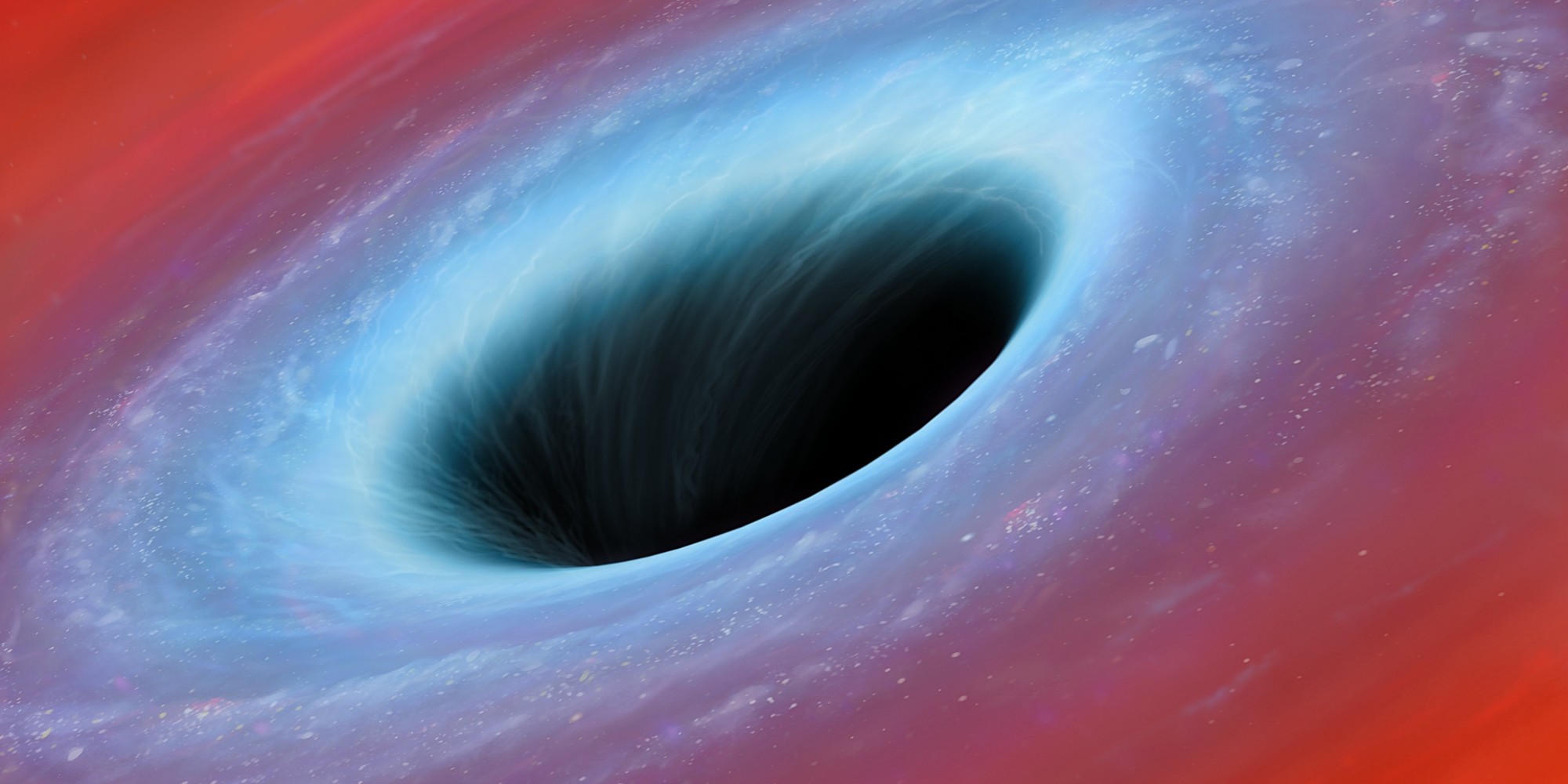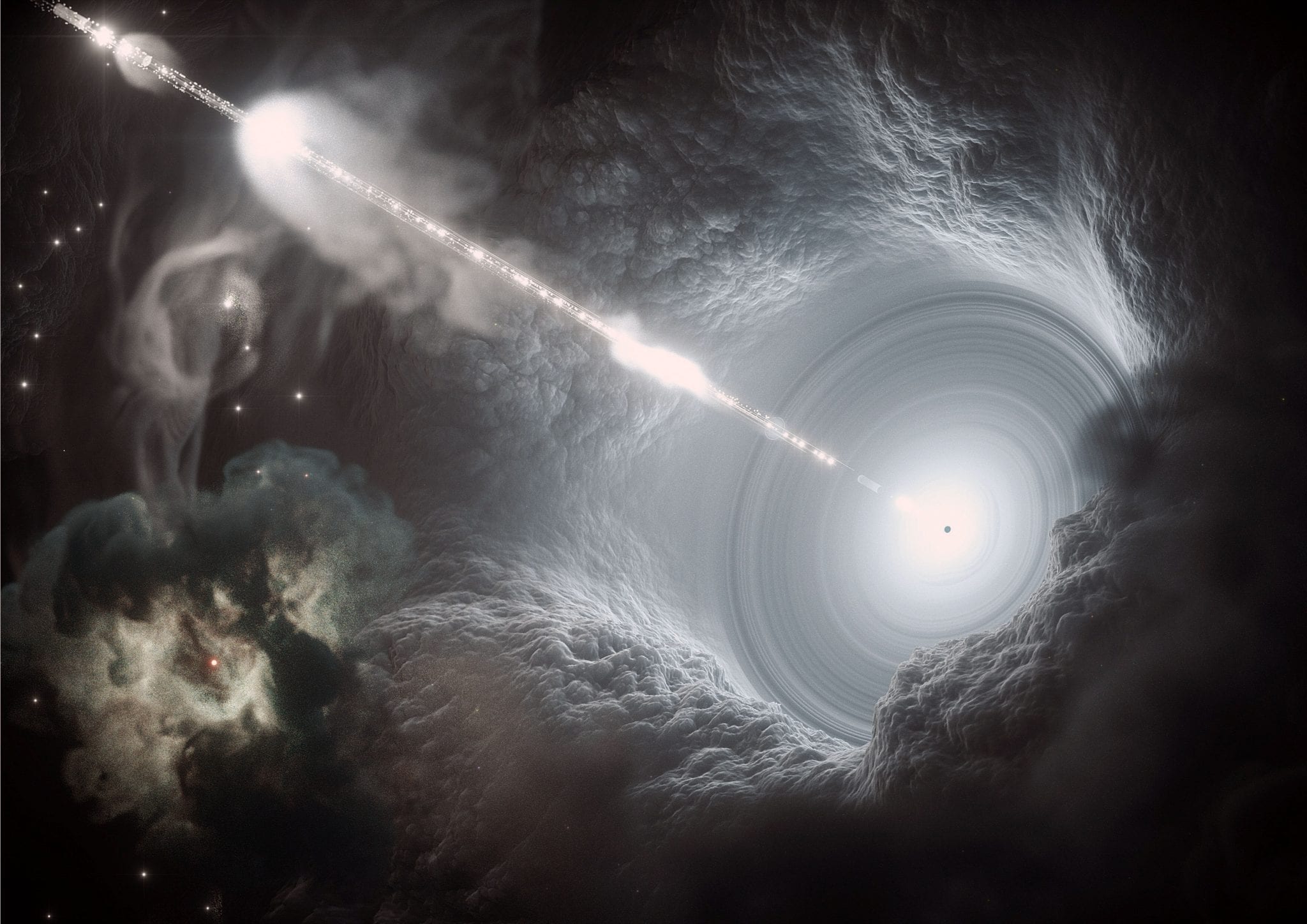

Mitchell suggested that although these areas would be invisible, they should reveal their presence by interfering with things like stars that might orbit them.

In 1783, for example, an English cleric and amateur scientist called John Mitchell managed to demonstrate that Newton's law of gravity could be used to show a place where gravity was so intense light cannot escape. That being said, scientists have speculated about the existence of something like them for hundreds of years. Technically speaking, we haven't really "found" a black hole yet, but we can infer their existence through a variety of techniques (more on this later). While everyone has heard of black holes nowadays, have you ever wondered who first discovered them? Scientists aren't sure how such large black holes come into being, although there are a number of theories. The Milky Way has a supermassive black hole at its center, Sagittarius A* (pronounced “a star”), that may be more than four million times as massive as our sun. Supermassive black holes (millions or even billions of solar masses in size) are thought to form at the same time as the galaxy they inhabit is formed and are predicted by Einstein's General Theory of Relativity. There may be thousands of these stellar-mass black holes within our own galaxy. If this mass collapses into an infinitely small point, a black hole is born-many times the mass of our own sun. Stellar black holes (about the mass of 20 of our Suns or more) are created when massive stars collapse in on themselves. Artistic impression of a black hole, Source: Cappan/iStock

Needless to say, there is little consensus in the field over these types of enigmatic black holes. Others believe that, if they do indeed exist, they would form from the collapse of stars with masses equal to hundreds of thousands of solar masses (one solar mass is equal to the mass of our own Sun, or 1.989 × 10 30 kg). Some scientists believe that intermediate black holes form from a merging of miniature black holes. This type of black hole would have several hundred of thousands of solar masses, rather than millions, or even billions of solar masses, like their larger cousins.

Like miniature black holes, intermediate black holes are only really theoretical. These tiny black holes are, to date, purely theoretical, and it is theorized that most of them may have already evaporated. These tiny black holes are thought to have masses of hundreds of solar masses or less. To date, scientists have managed to define at least four different kinds of black holes:Ĭurrent theories suggest that small, or miniature, black holes (some as small as an atom) probably formed in the earliest moments of the universe. How black holes form depends on their type and origin. Source: Kristof Wesely/Wikimedia Commons How are black holes made of, and what different kinds of them are there? Black holes can, however, be "seen" with some special analysis of data collected from a wide range of telescopes (more on this later). The gravity is so strong because matter has been squeezed into a tiny space."Īs light is unable to escape the black hole's gravity, it appears completely black - hence the name. What is the definition of a black hole?īlack holes can be defined, according to NASA, as " a place in space where gravity pulls so much that even light cannot get out. Let's see what, if anything, they've managed to learn about the "Great Devourers" of the cosmos. These are just some of the "big picture" questions some of the greatest minds of astrophysics have mulled over for many decades.


 0 kommentar(er)
0 kommentar(er)
